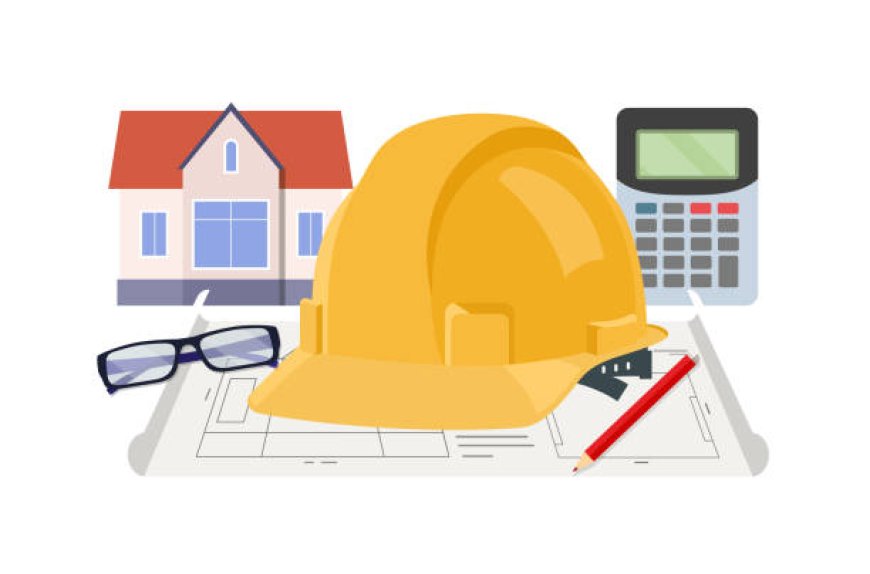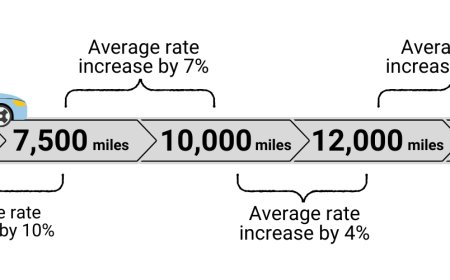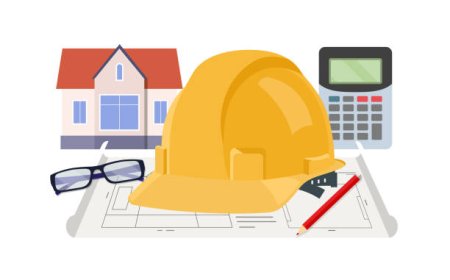The Real Cost of Starting Without a Clear Plan
Skipping early planning causes delays, cost overruns, and miscommunication—start smart to finish strong with strategic estimating.

In the construction world, success isn’t built on bricks alone—it begins with clarity. Starting a project without a well-defined plan can set off a domino effect of costly mistakes, miscommunication, delays, and even legal consequences. Whether you're building a residential home or managing a large commercial project, the lack of preparation at the onset can dismantle budgets and timelines long before the first shovel hits the ground.
In this article, we explore the real costs—both visible and hidden—of initiating construction without a clear plan, and how strategic estimating can prevent these issues.
1. Misaligned Expectations and Scope Creep
When stakeholders, contractors, and clients aren’t on the same page from the beginning, it opens the door to “scope creep.” This happens when additional features or changes are added mid-project without properly adjusting timelines or budgets.
Misaligned expectations can lead to client dissatisfaction, contractor disputes, and significant budget overruns. According to this guide on project preparation, successful projects begin with comprehensive discussions around objectives, deliverables, and the sequence of tasks.
2. Unpredictable Budget Overruns
Without accurate initial planning and estimates, budgeting becomes a guessing game. Builders may underestimate the cost of labor, materials, or equipment. This can lead to funding shortfalls halfway through the project.
Clear planning includes detailed cost estimation, which accounts for not only direct expenses but also indirect costs such as permits, equipment rentals, and insurance. Tools and services that deliver precise estimates upfront can dramatically reduce these financial risks.
3. Scheduling Delays and Downtime
Construction projects are often interdependent. One task must be completed before the next begins. A lack of pre-planning throws this timeline into chaos. For instance, if the foundation isn't ready because permits were delayed, the framing crew must reschedule. This downtime translates into idle labor and added costs.
In many cases, a well-structured plan includes buffer time and risk management strategies to handle unexpected delays. Without it, minor issues snowball into major setbacks.
4. Wasted Materials and Resources
One of the major hidden costs of poor planning is waste—of both materials and time. Ordering the wrong materials or incorrect quantities can result in waste disposal costs and unnecessary repurchasing.
A solution lies in accurate material takeoff services, which determine the exact quantities needed based on project plans. As explained in The Ultimate Guide to Accurate Construction Cost Estimation, takeoff data ensures precision and eliminates guesswork, significantly reducing waste.
5. Compliance and Permit Issues
Failing to properly plan can mean overlooking essential permits or compliance documentation. These regulatory missteps can cause legal delays, fines, or work stoppage orders.
Clear planning ensures every regulatory requirement is considered ahead of time. Professionals involved in estimation and planning often have checklists and processes to ensure all bases are covered, helping projects avoid red tape roadblocks.
6. Team Miscommunication and Low Morale
Construction is a team effort, and every team performs better with clear roles and expectations. Without an upfront plan, there’s room for confusion, duplicated efforts, and poor collaboration.
Proper planning defines who is responsible for what, and when. It includes a communication strategy, risk management plan, and updates mechanism to keep everyone aligned. Without these elements, even the best team can struggle to perform effectively.
7. Limited Room for Adjustments
When a project lacks a solid plan, any changes or problems encountered during construction feel overwhelming. There’s no roadmap to assess the impact of the issue or a backup plan to rely on.
With a clear plan, including contingencies, projects have the flexibility to adapt to minor hiccups without significant disruption. This strategic foresight can be the difference between a successful build and a stalled site.
8. Reputation Risks
A project that spirals out of control not only hurts financially—it can damage the reputation of the contractor or builder. Word travels fast in the construction industry, and a poorly managed project can reduce future business opportunities.
In contrast, professionals who invest time in upfront planning demonstrate accountability and professionalism. This builds trust and credibility, both of which are essential in maintaining long-term business relationships.
9. How to Avoid These Pitfalls: Key Takeaways
-
Start with a Clear Scope: Define every detail before any physical work begins.
-
Invest in Professional Estimating: This includes cost and quantity takeoffs done by experienced estimators.
-
Use Digital Planning Tools: Leverage construction software to map timelines, costs, and resources.
-
Allocate Time for Permits: Always include legal and compliance processes in your plan.
-
Maintain Constant Communication: Ensure regular check-ins between teams, stakeholders, and clients.
Conclusion
The price of skipping planning is far higher than the time or money saved by diving in early. Every successful build begins with a blueprint—and not just the one on paper. It includes strategic cost forecasting, timeline management, legal preparedness, and clear stakeholder alignment.




































